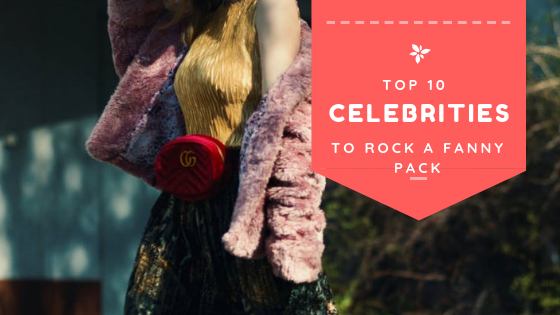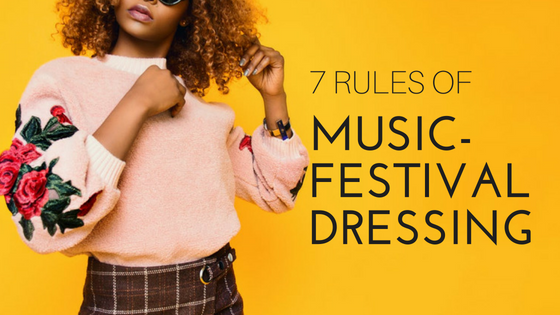Say it’s the weekend and you find yourself amongst a crowd of thousands--fists in the air, lost in the moment, drowning in sonic revelry. You go home with the beats still ringing in your ear then come Monday and that chirpy, nosy co-worker of yours asks, “Have fun at the--was it rave or music festival? I can never tell the difference.” A pause. Mute sound, lights off. You answer with the usual, “It was good.”, then ask yourself—what is a rave anyway? Is it not the same as a music festival?
Which leads to you typing away and finding this piece on the differences between a rave and a music festival. Well, tickets please and listening ears on because we are about to give you an exclusive entry to a listening party and you are the VIP.
To properly answer this, we’ll first have to define the difference between raves and festivals. A rave is an organized dance party usually held in nightclubs, outdoor festival, or even a warehouse. Typically featuring performances by DJs, playing a seamless flow of pre-mixed of EDM, or electronic dance music, raves cover a wide range of genres, including techno, hardcore, house, drum & bass, dubstep, and post-industrial. The music is amplified with a large, powerful sound reinforcement system, featuring large subwoofers producing that signature deep, bass sound.
Known to give you that 360° experience, raves also feature laser light shows, projected vividly colored images, fog machines, and other visual effects. Neon strobe lights moving along to the DJs beat is also a treat for audio visual enthusiasts.
What started out as a small-scale music experience held in nightclubs or private homes, raves have immensely grown, both in popularity and in size. Large festivals and events featuring multiple DJs and dance areas, some electronic dance music festivals last for a long time, with some continuing for twenty-four hours and lasting all through the night.
Inspired by neon lights and other visual installations, rave fashion is characterized by colorful clothing and accessories, most notably “kandi” jewelry, that fluoresce under ultraviolet light. Often taking inspiration from new-age punk and grunge style, dreadlocks, dyed hair, and mohawks are popular, as are tattoos and piercings.
With most raves taking place outside or in poorly heated warehouses, keeping warm and hydrated is a priority. Have your drink of choice within reach and opt for a hydration pack instead of your usual bag. Designed to hold liquid through its reservoir or “bladder” commonly made of rubber or flexible plastic, hydration packs have become the choice bag for both rave and music festival attendees alike.
Music festivals, on the other hand, are organized events that typically span several days featuring performances of various artists. With an array of genres to choose from, festivals attract attendees in multiples and usually take place in an outdoor area.
There isn’t too much of a difference between a festival and a rave, with both events held in outdoor spaces and both can include various activities and art installations. The main difference lies in the genre of music featured. Raves typically feature one main stage but can feature more than one stage and may or may not include visual art installations. Take Coachella for example, it’s a festival that features electronic dance music but isn't considered a rave. On the other hand, EDC is both a rave and a festival, but warehouse and underground events are simply raves.
Another noteworthy difference is fashion. While both rave and festivals encourage its attendees to express themselves through fashion, you may find that the unspoken dress codes are different at each event. Festival fashion is typically inspired by “free-spirited vibes” with attendees usually dressed in layers throughout the day. With celebrities, artists, and other influencers as attendees, festival fashion is more subdued without losing its on-trend, OOTD-inspired factor.
Meanwhile, rave fashion is more unconventional and even costume-y, with heavy use of bright, neon colors. Depending on which festival you attend, you may see a lot of crossover at both. While display of fashion is a typical scenario, most ravers and festival goers dress to impress with a practical sense. Replacing last year’s mini backpacks are fanny packs and hydration packs—a popular choice among festival attendees.
Whether you pump your fists in the air at the next rave party or camp out under the desert sky at the festival grounds, leave those faux pas-tival at home and choose your music battle ground wisely.




